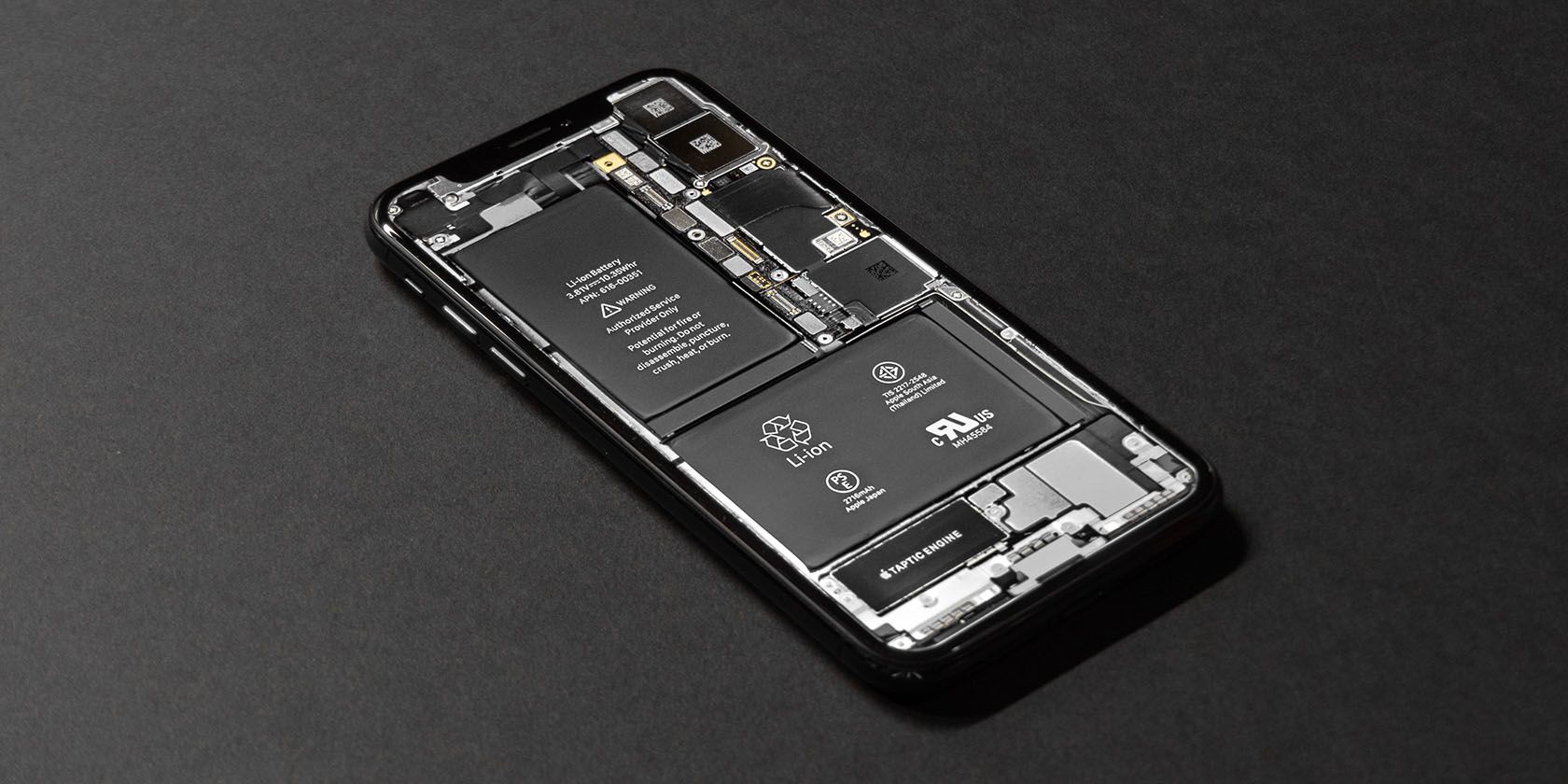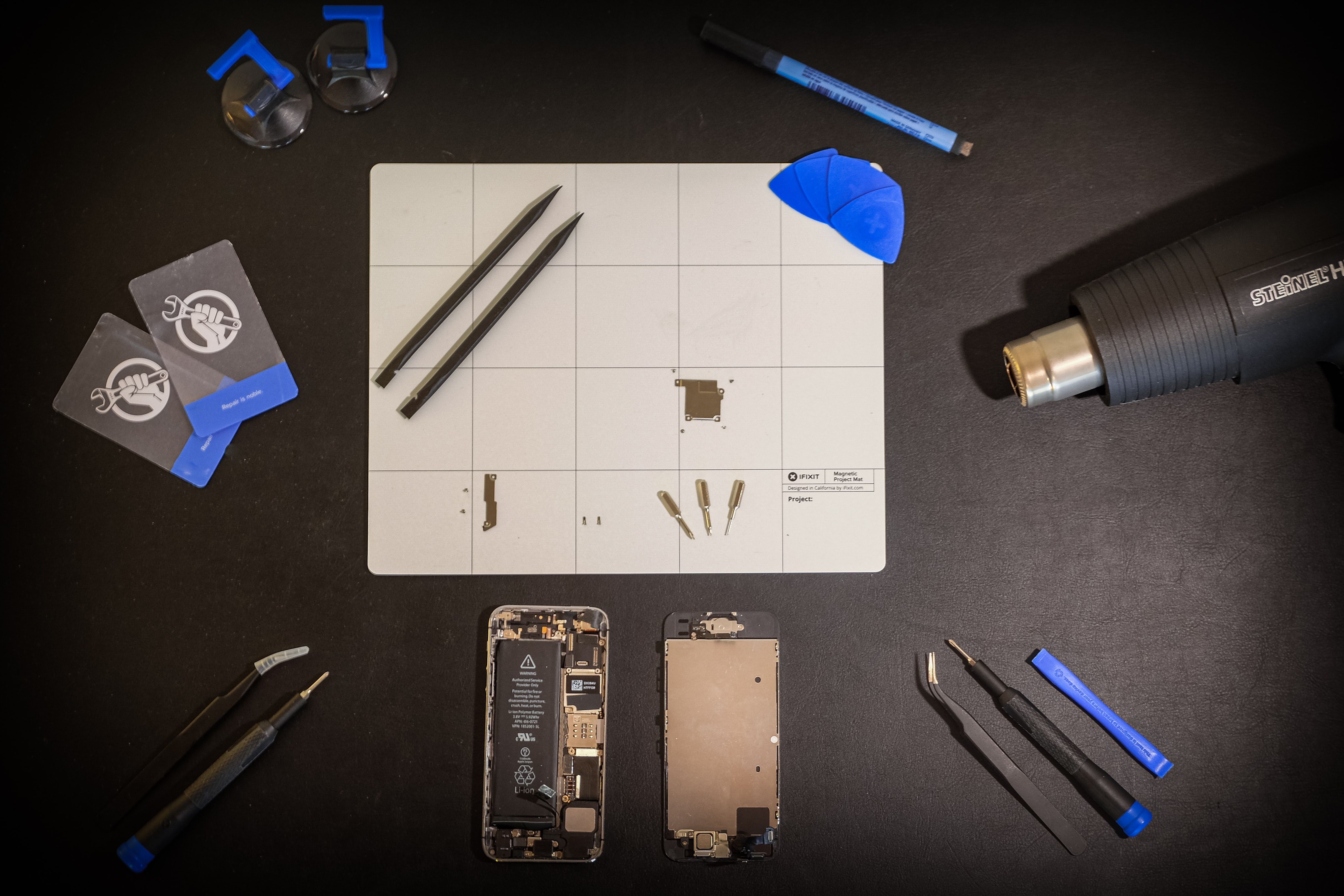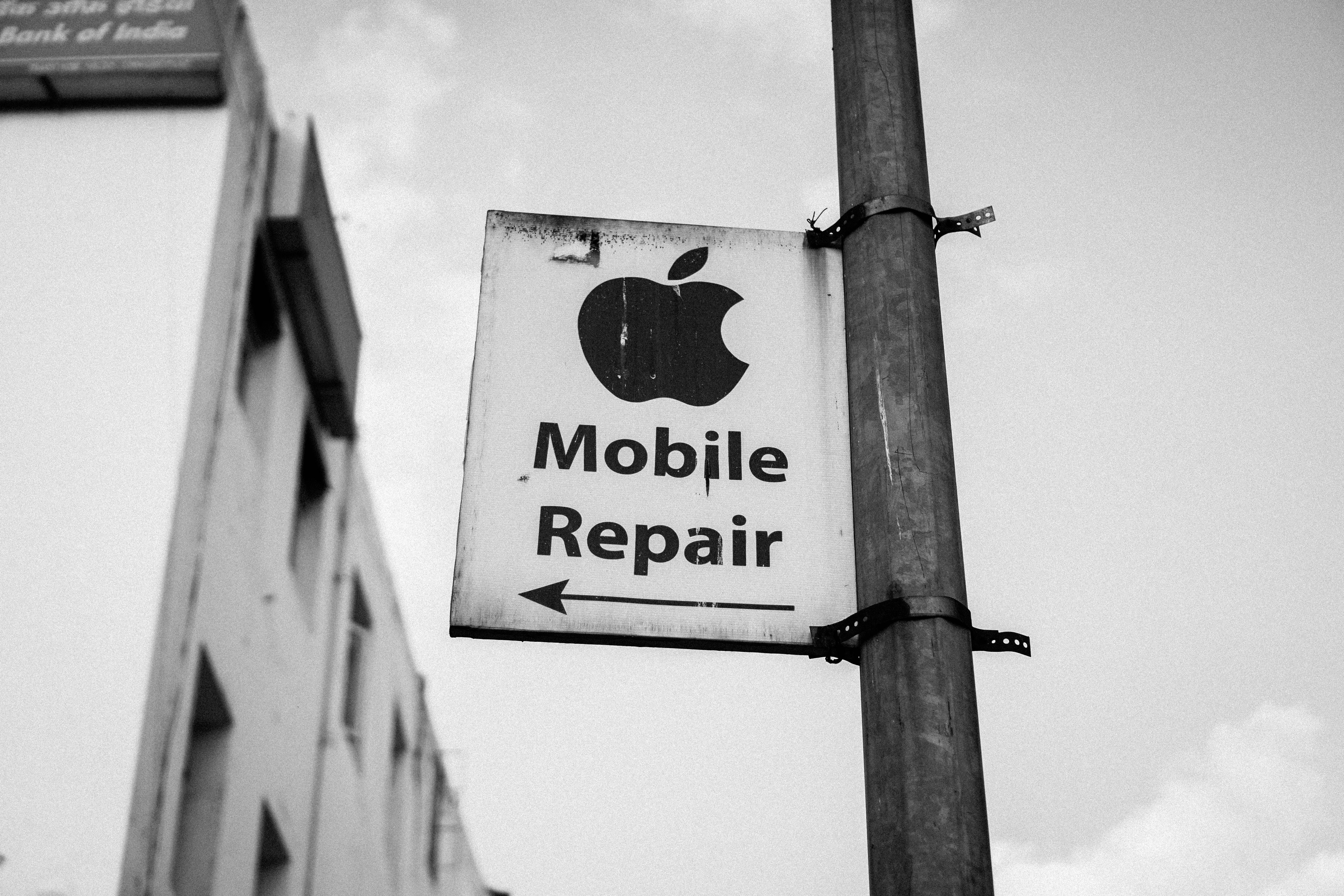While Apple is famous for its beautiful design and seamless user experience, it is also known for its resistance to repair. Many Apple users have found out the hard way that repairing an iPhone comes at a high cost.
It's no wonder that many iPhone users, especially those outside the warranty, have turned to cheaper alternatives with third-party repair centers and non-genuine parts. However, this sometimes leads to more problems than they solve.
What Can Go Wrong With Non-Genuine iPhone Parts?
According to a 2019 Ting Mobile study, 64% of people have cracked the screen of their smartphone. In the same survey, 80% of people had their cracked screen repaired within a month, with an average cost of $113.
With the price of out-of-warranty screen repairs by Apple going as high as $329, it's safe to assume that many of these repairs were completed by third-party repair centers. This can be a problem because it's likely that cheaper repair centers are not using genuine parts.
Non-genuine screen replacements can lead to issues with several iPhone features, especially Multi-Touch and Face ID. These issues can include poor touch detection, unresponsive tapping, and even phantom tapping.
While minor inconveniences, like brightness, are easy to overlook if you're hoping to save money, non-genuine parts can also cause more alarming issues. Display issues can also cause damage to other parts of the phone, resulting in degraded ambient light sensors, incorrect color calibration, and faster battery drain.
So, what exactly are non-genuine parts and where do they come from?
What Are Non-Genuine iPhone Parts?
To start with, it's important to know that brand new iPhone parts are only accessible to Apple and its authorized repair centers. In theory, it should not possible to buy Apple parts from wholesalers, sellers, or repair shops at all.
However, some third-party repair centers have gotten creative with their sourcing. These days, there are two types of non-genuine iPhone parts–OEM and aftermarket.
Original Equipment Manufacturer (OEM) parts are the same parts found in commercially bought iPhones. Usually, OEM parts come from salvaged iPhones of similar models. Many third-party repair centers purchase iPhones that are damaged beyond repair for spare parts that can still be used.
At the same time, there are also several companies claiming to have new OEM parts from Apple’s direct supplier.
Despite coming from the same manufacturer, Apple has released a software update that detects whether a part such as a display or a camera came with your iPhone. While it can still probably work with your iPhone, an OEM part replacement from an unauthorized repair center will still invalidate your warranty.
Alternatively, there are also aftermarket parts are made by third-party manufacturers with no connection to Apple at all. In fact, there are plenty of brands churning out replicas that appear very close to the original parts.
The Problem With Non-Genuine iPhone Parts
The price and quality of aftermarket parts vary greatly; the price will also vary across part manufacturers. However, there are some companies that are confident in their products enough to offer their own warranties.
While both OEM and aftermarket components can initially work, there is little guarantee that they can perform at the same level of functionality that an Apple-certified part does. Unlike original parts from Apple, non-genuine parts do not undergo the same stringent quality and safety testing.
In fact, bad repairs might actually cost more in the long term. Poorly completed repairs, using non-genuine parts by unauthorized providers, can actually damage your device further, break down easily, or cause physical harm.
How to Avoid Non-Genuine iPhone Parts
Devices that are most at risk of non-genuine parts are second-hand iPhones, refurbished iPhones from third-party providers, or iPhones with a history of repair at unauthorized repair centers.
The only way to be assured of original parts is to stick with Apple or its authorized service providers. This often means that you should be willing to pay a premium for your peace of mind. However, this premium does not come without additional benefits.
Authorized iPhone repairs also cover replacements and additional repairs if previous repairs are found to cause it. Using an authorized service provider also retains your device's value for trade-ins and product recalls due to factory defects.
Through the years, Apple has recalled several models for various types of issues. Should your device be qualified, Apple will repair or replace it for free during the recall period, even if your warranty has expired.
Why It Matters Who Repairs Your iPhone
It is important to note that just because the parts used to repair your iPhone are genuine, it doesn’t mean they’re entirely safe to use. In fact, the technician is just as important as the tools and parts used to fix your iPhone.
This is because an unauthorized technician can source original parts but may not install them properly, causing similar problems to when a part is not genuine. For example, a technician with a lack of training may leave behind loose screws or cowlings that lead to battery overheating.
Apple-certified technicians will also be able to return your iPhone with the correct signs for other technicians to know that it was not tampered with. This is an important step to keeping your phone under covered by its limited warranty.
Apple-certified repair is a combination of genuine parts and qualified technicians. Before certification, Apple technicians go through training to follow standard protocol and procedures designed to uphold both the safety and quality of the repair.
Alternatives to Repairing Your iPhone
If you find yourself looking to repair your phone frequently, you should also consider getting AppleCare. It is often worth the investment to know that you and your iPhone are in good hands. For the accident-prone, Apple Care can significantly help manage the cost of repair when you need it.
Otherwise, if your iPhone is already on its last legs, it might be a sign that it is time to replace it. If you're looking to save some money, you can buy an Apple-certified refurbished model or trade in your existing iPhone for a newer device. In recent times, Apple has also released more affordable models that won't break the bank.



